I’ve been around this scene long enough to get yelled at in three languages during scrims and still order the right takeout. People ask me how esports pros prep and then look shocked when I say it’s mostly boring repetition with bursts of panic. Yes, it’s a lot. In my experience, the bones of it are simple: scrims, VOD review, bootcamps, aim training, sleep schedule fixes, and a little sports psychology sprinkled on top.
And if you want the search-engine sentence, fine: how esports pros prepare for tournaments comes down to steady routines, smart planning, and learning how to not tilt. You also need to care about the meta, read patch notes like they’re love letters, and find a coach who can watch you miss a shot and critique your soul without making you cry. Good morning.
The “Not-So-Secret” Cycle Pros Live In
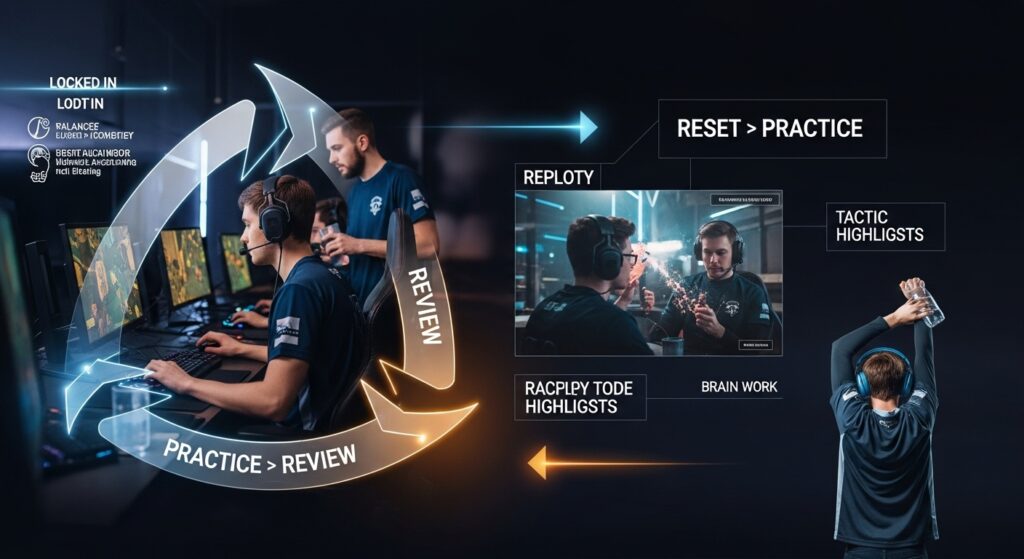
I’ve always found that prep is less about magic and more about rhythms. Micro skill. Macro choices. Team habits. Sleep. Food. Repeat. Every top player I know does the same three things: they practice, they review, and they reset.
Practice: Scrims and Mechanics
Scrims are scheduled matches versus other teams. They’re not for ranked ego climbs. They’re for testing comps, timings, ult economy, rotations—whatever your game calls it. In my old team, we ran two scrim blocks a day, three games per block, 60–90 minutes each, with a tight break in between. We ignored ranked in season. Not because ranked is useless—ranked is fine for mechanics—but because ranked doesn’t teach team timing or real comms under a structured plan.
For mechanics, I like short and sharp. Aim training? 15–20 minutes. Movement drills? Another 10–15. I never go past 45 minutes on raw mechanics. If you need more than that, your problem isn’t aim—it’s nerves, or bad positioning, or a teammate who thinks “watching flank” means daydreaming about coffee.
Review: VODs, Clips, and Pain
VOD review hurts. It’s where you realize your “genius flank” took 11 seconds too long and ruined an entire retake. It’s where the coach pauses at frame 12 and says, “Why are you looking at the wall?” In my experience, the best teams do two types of review:
- Self review: You and your coach. Your POV. Your mistakes. Your fixes.
- Opponent scouting: Their set plays, habits, favorite maps, and panic buttons.
If you want a foundation-level read on what e-sports even is, here’s an overview from Britannica: e-sports. It’s dry, sure, but it helps your uncle stop asking if you’re playing Mario at nationals.
Reset: Sleep, Food, and Not Losing Your Mind
Prep isn’t just mouse and keyboard. It’s sleep hygiene. It’s not crushing three energy drinks at midnight and then wondering why you’re wired during map two on LAN. It’s food that won’t wreck your stomach right before stage. It’s stress tools: breathing drills, short walks, and stepping away from the screen when tilt starts whispering sweet nothings.
Bootcamps, Team Houses, and Why Everyone Gets Sick
Bootcamps can be great. They can also be a petri dish of coughs and arguments. In a classic gaming house setup, the team lives and trains together before a big event. It helps with chemistry and scrim scheduling. It also means you learn who refuses to wear headphones while eating chips. Could be bonding. Could be a war crime.
My tip: set rules. Quiet hours. A cleaning rota. Simple meal plan that’s actually food. A workout window. You’re trying to simulate tournament days. Same wake time. Same practice slots. A normal, boring, repeatable loop. That loop is the point.
The Meta and Patch Notes: Love and Hate
Nothing tilts a team like a patch that drops three days before a qualifier. I’ve been there. You spend weeks perfecting a comp. Patch drops. Your anchor champ gets nerfed. Your coach says “we adapt.” You pretend that doesn’t sting.
- Read patch notes with the coach and analyst.
- Define three backup plans in case your main comp is banned or nerfed.
- Scrim two versions: “old plan” and “patch plan.” Track win rates and comfort.
The trick isn’t finding the perfect comp. It’s getting a good comp fast—and being confident enough to run it under pressure.
Comms and Playbooks: Your Team’s Operating System
Great comms are calm, short, and specific. I like role-based comms. The IGL/shot-caller runs pace. Entry calls timing. Support tracks utilities and cooldowns. Lurker says little, but when they speak, everyone listens. That’s the dream. Reality? Someone screams “HE’S LOW!” from a different postcode. We fix that in scrims.
If-Then Playbooks
Write your plays down. Not a novel. Just if-then blocks:
- If we lose early pick A, then rotate B and save utility X.
- If they show double controller, then delay hit until 1:00 and force cooldowns.
- If eco round, then group 5, trade every peek, plant for post.
These tiny scripts save your brain on stage when the room is loud and your hands feel like balloons.
LAN Prep: The Boring Details That Win Maps
LAN is not the same as online. Your gear sits on a strange desk. The lights hum. The audio mix is alien. Your heart rate climbs because the chair is weird. Awesome. Here’s where pros keep it sane:
Standardize Your Setup
- Bring your own peripherals: mouse, pad, keyboard, in-ears. And backups.
- Save your sensitivity, DPI, crosshair, and config on a USB and cloud.
- Recreate desk height and monitor distance in your practice space.
I keep a tiny tape measure in my bag. Judge me. But my mouse distance to pad edge is always the same. So is my chair height. It calms the nerves. It also gives me something to do besides stare at the crowd and consider my life choices.
Warm-Up Blocks That Actually Work
Warm-ups should be short and scripted. Hit mechanics. Hit timing. Hit one confidence drill. Then stop. Don’t arrive on stage with cooked wrists.
| Warm-Up Block | Time | Goal | Notes |
|---|---|---|---|
| Aim Micro | 10 min | Click timing, micro-corrections | Small targets, low intensity |
| Movement Drill | 8 min | Muscle memory | Routes you’ll use on today’s maps |
| Utility Reps | 7 min | Lineups/Smokes/Flashes | One lineup per site. No more. |
| Confidence Set | 5 min | Flow, rhythm | Easy bots or sandbox, end on a high |
Food, Water, Caffeine: The Loadout You Can’t See
In the early days, I’d slam two energy drinks and call it “focus juice.” Then I learned about heart palpitations. Now I do this:
- Hydrate from wake-up. Small sips. Clear pee is not a personality trait, but it helps.
- Eat light 90 minutes before call time. Protein + carbs. No mystery sauces.
- Caffeine plan: one coffee or tea 45–60 minutes before map one. No top-ups mid-series unless it’s a long BO5.
Why do I care? Because a shaky hand on pistol round is a crime against humanity.
Sleep: Your Real Buff
Yes, I know. Sleep advice is annoying. But it’s the most broken stat in the scene. If the event is cross-time-zone, I start shifting my schedule 30–60 minutes earlier every day the week before. Blackout curtains. Eye mask. Earplugs. Don’t look at your phone in bed. That blue light will hug your brain and never let go.
Sports Psych and Tilt Control
I’m not pretending to be a guru. I was the “alt-tab rage type” in my early years. Now I’m boring. But it works. Three things that helped me and my teams:
- Breathing drill: 4 seconds in, 6 out. Do it twice between rounds you lose.
- Reset ritual: touch mouse, touch keyboard, sip water, say one helpful call. Routine kills spiral.
- Reframe losses: “We learned X.” Not toxic positivity. Just data-focused.
Some teams hire a sports psychologist. If you can, do it. If you can’t, at least run team check-ins after scrims. Call it vibe maintenance. Yes, we actually say vibe.
Scouting Opponents: Habits, Not Hype
Shiny plays on social media are bait. We look for habits. Where do they default to? Who takes space first? Who panics on retake and dumps utility? I keep notes like this—nothing fancy, just patterns:
- Map 1: fast A hits at 1:20. If stalled, they pivot mid by 0:50.
- IGL likes late flanks from support. Punish with trap plays after round 5.
- Eco rounds: 5 stack weird spots. Avoid dry swing. Trade in pairs.
Every time we scrim a team, we add to the index. It’s wiki-brain for match day. And yes, we track our own habits too, because guess what—they scout us back.
Travel and Tournament Logistics: The Adulting Part
The most stressful moments aren’t always on stage. It’s the bus that’s late, the hotel AC that sounds like a helicopter, the badge line that moves slower than ranked queues. Prep for these or they eat your headspace.
My Packing List (And Why I Bring Too Much)
| Item | Why You Need It | My Tip |
|---|---|---|
| Main Mouse + Backup | Failure insurance | Same skates, same cable/cordless setup |
| Keyboard + O-Rings | Noise control, comfort | Bring spare keycaps, trust me |
| In-ears + Over-ears | Stage audio weirdness | Foam tips in 2 sizes; carry splitter |
| USB with Configs | Instant setup | Cloud backup too, because USBs vanish |
| Tape Measure | Desk height and monitor distance | Yes, I’m that person |
| Electrolyte Packets | Hydration without bathroom sprints | Half packet per bottle |
| Blue Light Glasses | Placebo? Maybe. Less eye strain | Use at night only |
| Snacks (plain) | Energy without chaos | Bananas, rice cakes, jerky |
| Earplugs + Eye Mask | Sleep insurance | Hotel walls are thin |
Coaches, Analysts, and The “No Drama” Pact
Coaches do more than shout. They manage pace. They set scrim goals. They decide which map you dodge. Analysts gather data, clip patterns, and build scouting sheets so the coach can stay present. The best squads make a pact before event week: no ego fights, no subtweeting, no late-night ranked grinds. It sounds strict. It is. Not forever—just for the week that matters.
Scrim Goals That Don’t Suck
- Define one focus per block: early round plan, post-plant setups, mid-round calls.
- End every block with two bullet points: what worked, what to fix tomorrow.
- Track scrim notes in a shared doc. Not in DMs. Not in your brain. A doc.
On-Stage Headspace: What I Tell Myself
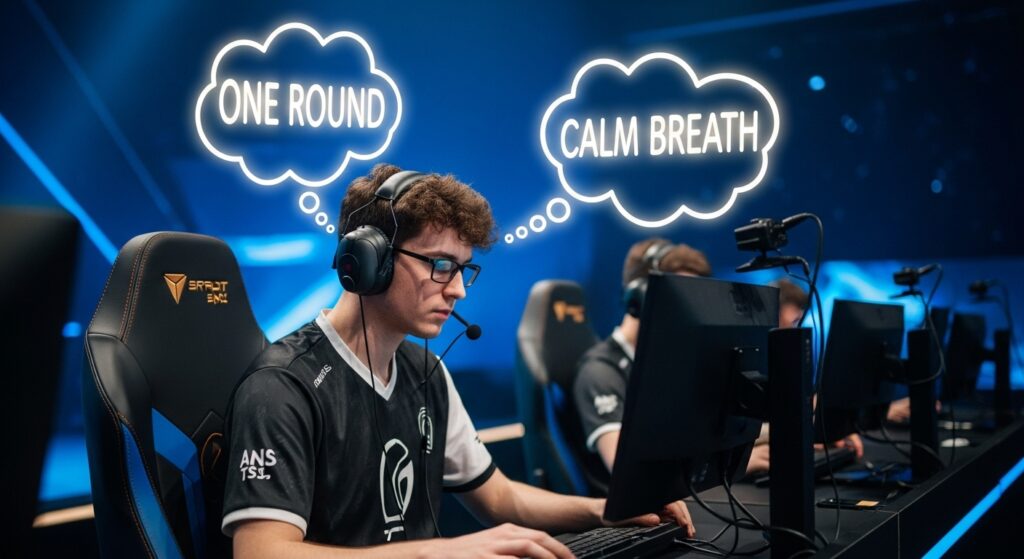
I keep it simple. “One round.” That’s the mantra. I don’t think about the series. I don’t think about the prize. I think: first duel, first trade, first rotate. If I lose a duel, I reset routine. Touch mouse. Touch keyboard. Two calm breaths. Call one helpful fact, like “two B, one no armor.” The brain loves short clear tasks. Give it those.
Between Maps: Don’t Spiral, Adjust
Bad map? Bench the emotions. 90 seconds to reset. Coach runs one clean message: what we keep, what we change. Analyst slides one stat: “We lost to B hits at 1:10. We stack earlier.” That’s it. You can cry later at the hotel. Or into sushi. Both work.
The Map Ban Dance (AKA The Gentle Art of Vetoes)
Vetoes are chess. Or rock-paper-scissors with data. We prep three paths:
- Comfort path: maps we love.
- Punish path: maps they hate.
- Chaos path: a pocket pick we’ve been cooking.
We rehearse all three before event week. So when a veto surprises us, it’s not a surprise. It’s “Path B, let’s go.” I’ve avoided many disasters with that simple prep.
The Boring Stuff That Wins (Again)
Let me repeat, because it’s never glamorous: sleep beats last-minute grinding. Simple food beats spicy experiments. A 5-minute walk beats doomscrolling. And kind comms beat sarcasm mid-match. Save the jokes for after. (I say that, and you know I still crack one after a clutch. I can’t help it.)
Little Things Pros Do That Casuals Don’t
- They script warm-ups, not vibes.
- They set mouse cable drag the same every time.
- They track their own mistakes like a scientist, not a hater.
- They plan caffeine. It’s not random.
- They learn how to ask for help without melting down.
My Story Time: Dumb Mistakes I Owned
Once, at a LAN, I forgot my USB with configs. Got a loaner mouse from the TO. DPI felt like I’d put rockets on a shopping cart. First map was a circus. After that, I made the “two USBs in two bags” rule. Another time, I switched mousepads the night before. Why? Because I’m an idiot who liked the color. Bad idea. It changed my wrist angle just enough to throw my crosshair. Lesson: no changes in the last 72 hours. Lock it in.
Finding Real Voices (Not Just Mine)
If you want more perspectives beyond my lovable cynicism, I keep a running list of pro interviews I like. Different games, different prep styles, same themes: routine, review, reset. It’s weird how simple and hard that is.
When Online Play Lies to You
Ping will lie. Netcode will lie. Online heroes fold on LAN because everything feels 1% off. So, when you train for stage, make things worse on purpose once a week. Slight audio tweaks. Slight input delay simulation. If your game has a raw input toggle, try playing with and without for a few minutes in warm-up just to feel the difference. Don’t live there—just teach your brain that “weird” is survivable.
So… How Do I Put This All Together?
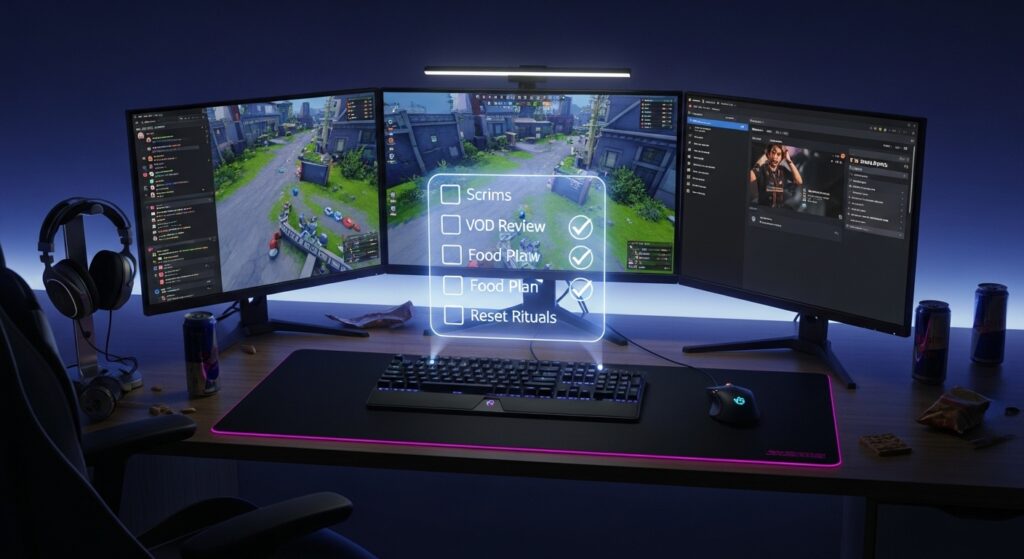
Okay, final lap through the checklist. Not a lecture. Just me handing you the sticky notes I wish I had when I started.
- Two scrim blocks per day max. Quality over volume.
- Mechanics in short bursts. Stop before your aim gets messy.
- VOD review with a point. “What will we test tomorrow?”
- Food, water, caffeine plan. Write it down.
- Sleep schedule shift for travel. Do it early.
- LAN setup routine. Tape measure, configs, backups.
- Playbook scripts: if-then. Keep it simple.
- Reset rituals. Practice them like aim drills.
- No last-minute hardware swaps. Ever.
What People Think vs. What It Is
People think prepping is a movie montage. Music, fast cuts, easy smiles. It’s not. It’s rinse and repeat. It’s fixing one tiny thing per day and holding the line when you’re tired. It’s also fun when it works. The clutch feels better because you know it wasn’t luck. You built that confidence in the quiet weeks. You earned it with boring reps and a good bedtime. Which sounds lame. Whatever. It wins.
And since you’re probably here to figure out how esports pros prepare for tournaments without losing their minds, you now know: build a steady routine, track what matters, and don’t throw curveballs at your own body. It’s not rocket science. It’s adult babysitting with headshots.
FAQ: The Stuff People Ask Me In DMs
- Do I really need a coach, or can my friend do it? If your friend can pause a VOD and tell you “you’re peeking with no trade potential,” cool. But a real coach brings structure and keeps you honest. Try both. You’ll feel the difference.
- How many hours a day should a team practice? I like 5–7 hours of focused work: two scrim blocks, review, and short mechanics. More isn’t better if your brain turns to soup.
- What if I choke on stage? Everyone does at some point. Use a reset ritual. One breath drill. One clear call. Think one round, not the whole series.
- Should I grind ranked the night before? No. Light warm-up, then rest. Ranked chaos will mess with your timing and nerves.
- How do I deal with a teammate who tilts? Set a team rule: no blame mid-round. After the map, debrief with facts only. If tilt stays, bring in a coach or a neutral teammate to mediate. It’s fixable.
If you’re still reading, you’re already doing more than most. Keep the routine tight, keep the jokes for after the win, and pack the backup mouse. Trust me on that last one.
Oh—and one more thing. If someone asks you how esports pros prepare for tournaments and you say “They just play a lot,” I will personally mail you a spreadsheet. You won’t like it.
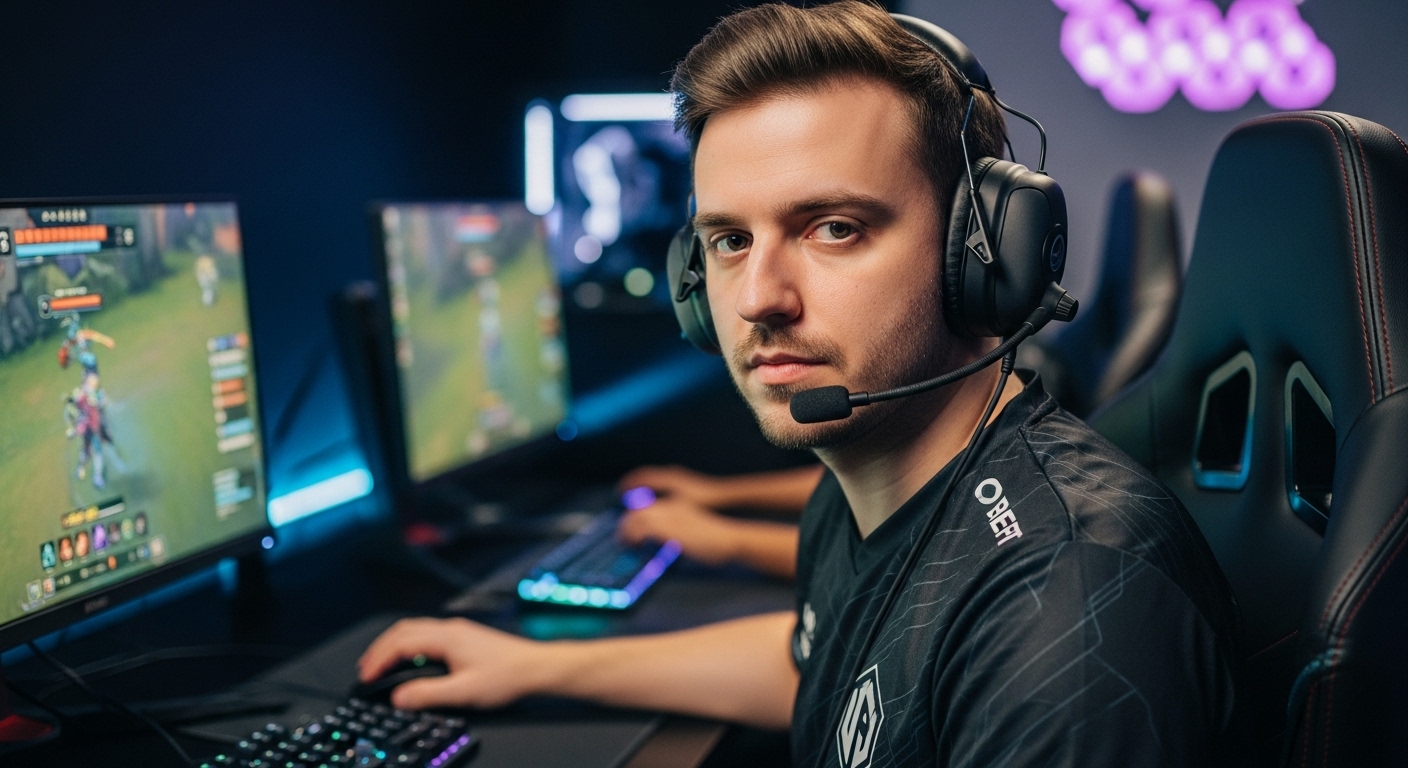
John | Your source for Esports, Battle Royale, Role-Playing, Retro Games, and Gaming Gear. Let’s Enjoy!

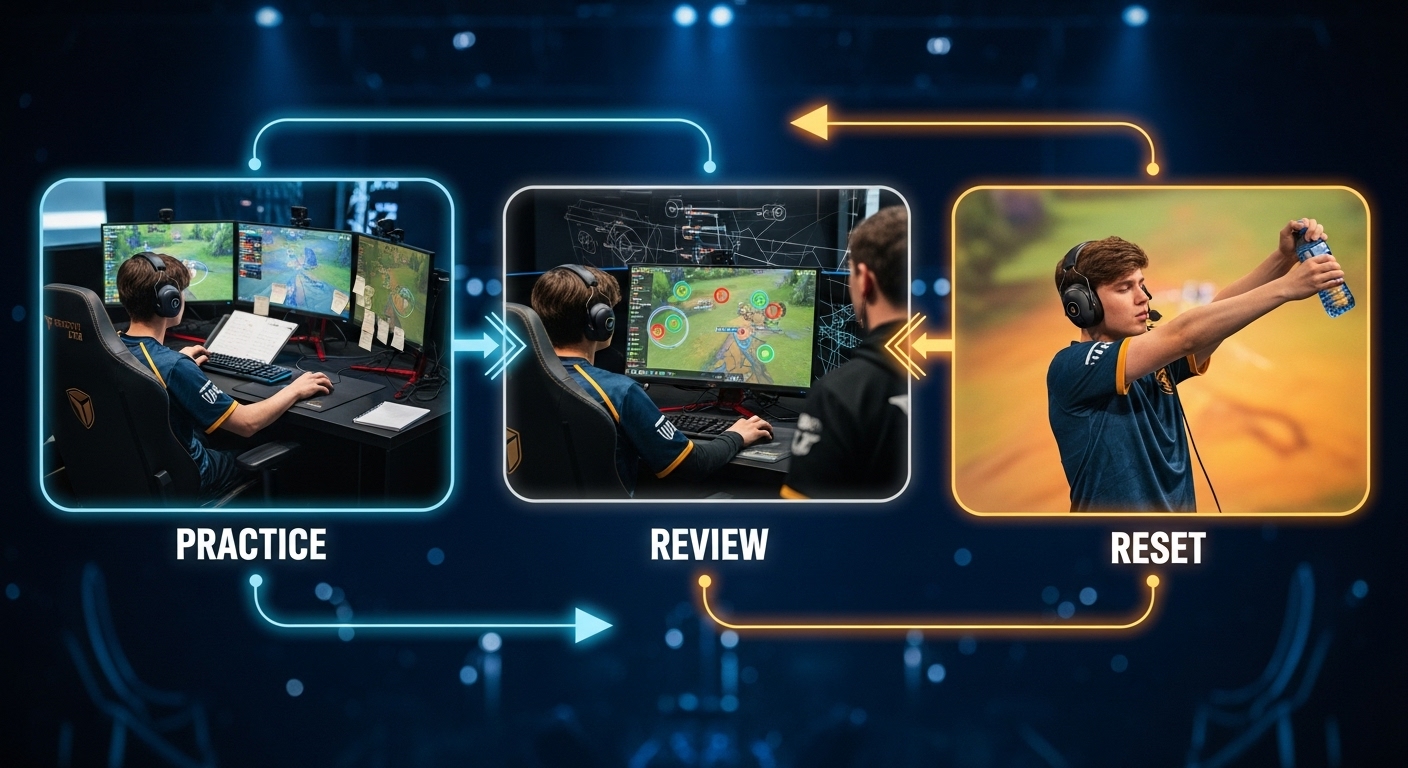

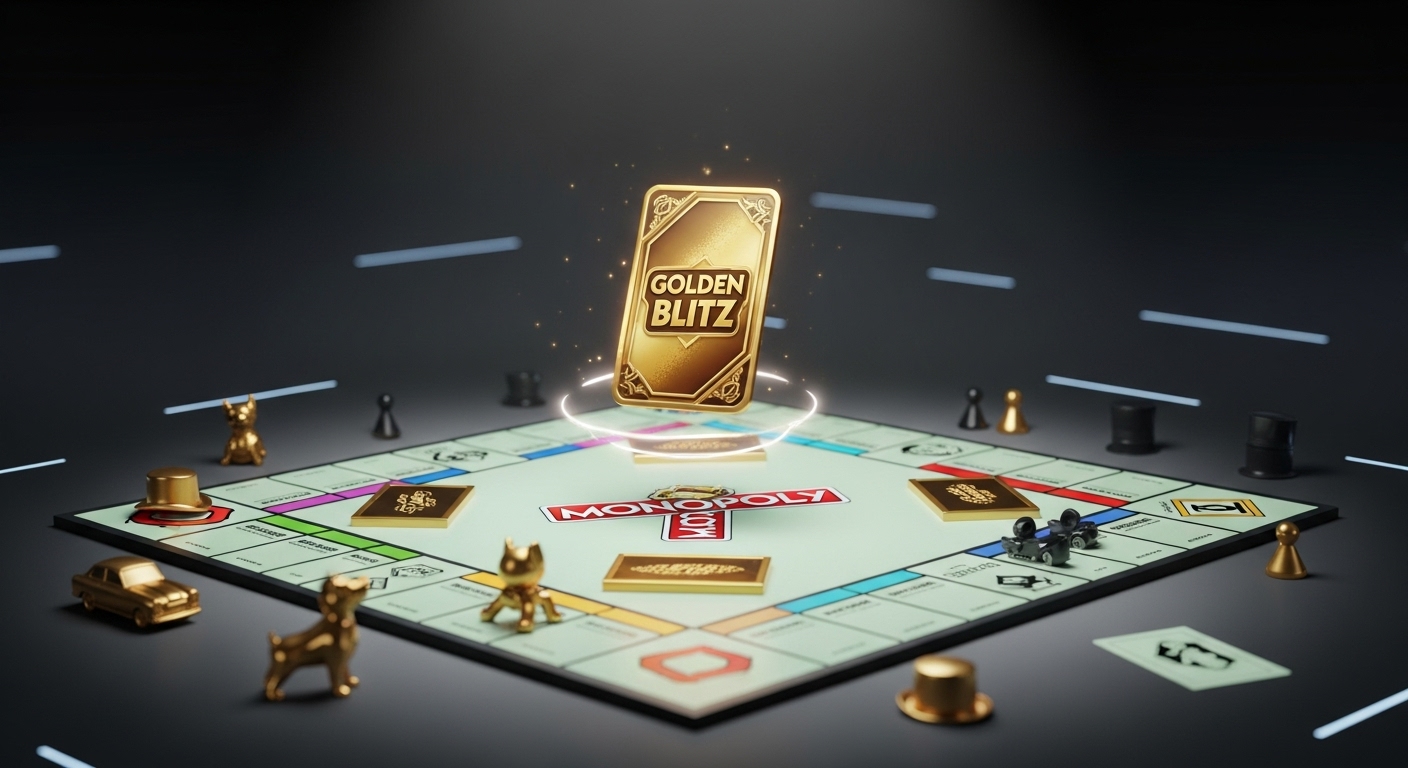
Esports pros’ tournament prep may seem boring, but it’s all about routine and focus. Stay disciplined!
Such insightful tips! The balance between practice, review, and rest is crucial for success in esports tournaments.
Esports preparation is all about routines, hard work, and mental health. Great insight on how pros stay on top.
Loving the insight into the esports world. It’s all about routine, discipline, and mental health. Great read!
Love the focus on routine and discipline. Success in esports is more about hard work than magic.
This article really breaks down the grind of being an esports pro. Dedication and routine are key!
Love the insight into the behind-the-scenes grind of esports pros. Great reminder that success comes from discipline and repetition.
Great tips for those preparing for esports tournaments! Consistency and self-analysis are key to success. Thanks for sharing.
Do pro esports players schedule scrim blocks based on team habits and rotations for practice?